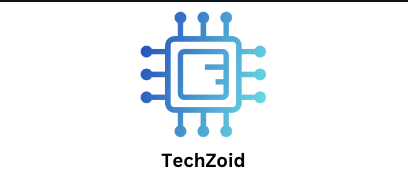Facebook Header Size: What Is It?
The suggested measurements for the cover photo that appears at the top of your profile or page are known as the Facebook header size. The ideal Facebook cover photo dimensions for desktop viewing, according to the most recent standards, are 820 pixels wide by 312 pixels height. Usually measuring 640 pixels wide by 360 pixels tall, the viewable area is lower and frequently crops differently on mobile devices. Facebook users use a variety of devices, so it’s critical to consider responsiveness while designing your header.
The size and direction of the screen affect how your header picture appears. Using the suggested size guarantees that your photo stays clear, sharp, and correctly aligned without stretching or blurring, even while Facebook automatically adapts the image to fit. An excellent cover photo instantly improves your page’s aesthetic appeal and aids in conveying your character or company identity.
Why Is It Important to Choose the Right Facebook Header Size?
More than just a technical need, using the appropriate header size on Facebook has a direct impact on user experience and brand impression. Parts of a picture may seem hazy, pixelated, or chopped off when it is not the right size. Engagement may suffer and professionalism may decline as a result.
A header that has been appropriately optimized:
Enhances Visual Appeal: Your profile or site seems more professional and appealing with a header that is well-proportioned and crisp.
Boosts Branding: Companies use eye-catching headers to highlight their campaigns, slogan, or logo. These components stay centered and completely visible with the proper proportions.
Ensures Mobile Compatibility: Designing with mobile cropping in mind guarantees that significant portions of your image remain viewable, since a significant portion of Facebook users browse on mobile devices.
Provides Consistency: Viewers’ trust and familiarity are increased when a visual identity is maintained throughout desktop and mobile devices.
By focusing on these aspects, you can produce a header that successfully conveys your personality or brand in a polished and captivating manner.
Some Advice for Making a Powerful Facebook Header
You may create a header that really stands out by employing a few more techniques in addition to the suggested measurements. Use high-resolution photos first. A high-quality photo guarantees higher clarity, even if your design program lets you stretch or compress an image to meet the measurements.
Second, stick to the image’s “safe zone” when it comes to important visual components like text, logos, or faces. The middle portion of the header that will be viewable on desktop and mobile devices is known as the “safe zone.” Important information may be obscured by cropping on some devices if your design positions them too near the edges.
Third, keep the visual harmony intact. Steer clear of busy designs or visuals with a lot of text since they might overwhelm consumers. Because they are simpler to understand at a glance, designs that are bold, simple, and clean typically perform well on Facebook.
Lastly, before completing your header, test it across many devices. Preview the image on desktop and mobile devices after uploading it as a temporary cover photo. This additional step guarantees that your header will appear precisely as you wanted.
Conclusion
Establishing a powerful and polished online presence requires knowing the ideal Facebook header size. The suggested sizes, which are 640 x 360 pixels for mobile and 820 x 312 pixels for desktop, guarantee that your cover photo will look well on all screens. A well-designed Facebook header may increase visual appeal, boost engagement, and effectively convey your brand. You may make an engaging header that makes an impact on each visitor by concentrating on quality, clarity, and appropriate alignment.
